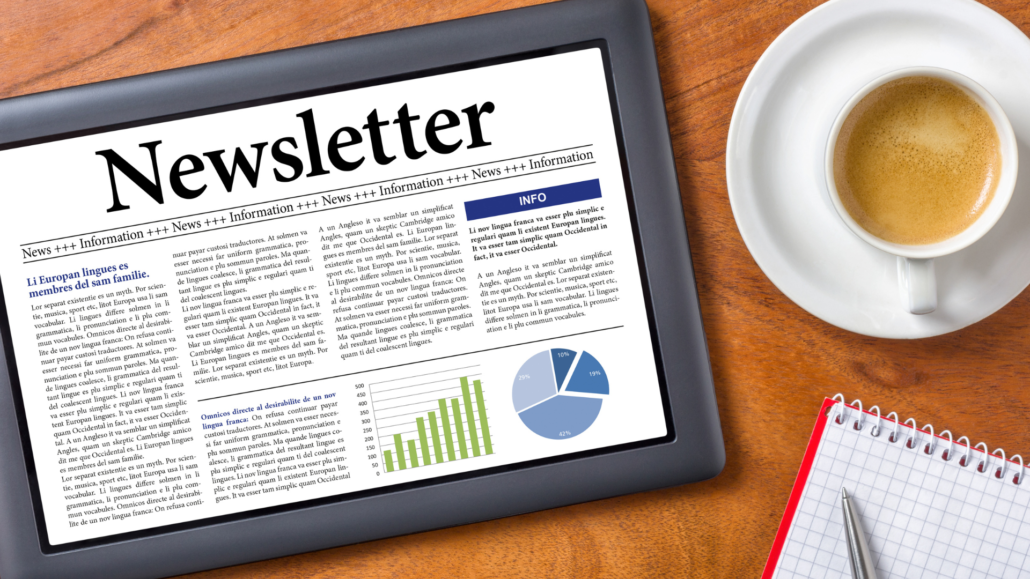The way healthcare professionals and patients communicate has come a long way, shaking up how they connect. One tool that’s not just working, but working well, is the patient newsletter.
This channel lets private practice doctors share medical tips, wellness advice, and clinic updates, all while building a community with their audience. Let’s look at creating a newsletter that’s not just informative but also strengthens the bond between healthcare provider and patient.

Understanding Your Audience
The key to a great newsletter is knowing your audience. For healthcare providers in private practice, it’s about customizing content to fit what your patients care about.
Since every patient’s health journey is unique, start by figuring out the common questions, myths, and topics that interest them.
Creating surveys, having regular chats, and watching how people interact with various health topics can give you a better idea of what your audience cares about.
Maybe your patients would like to explore new treatment choices, receive lifestyle tips that go hand-in-hand with their medical care, or just gain a better grasp of the procedures they go through. With these insights, creating content that really connects is easier.
Choosing the Right Platform
The next big decision is picking a platform for sending newsletters. There are various tools out there, each with different features. From platforms tailored for healthcare professionals like Doximity to popular services like Mailchimp or Substack, you’ve got plenty of choices.
You can also direct mail your newsletter. The advantages of mail: It is more personal and warmer. Direct mail is still highly read and it works. That’s why there is so much of it in your mailbox. The disadvantages: The costs are much higher and turnaround times are long.
A combination of print and electronic newsletters are effective, with the print edition coming out less frequently.
When comparing platforms, focus on the ones that offer a smooth experience for you and your patients. Your chosen platform should make content creation easy, have good subscriber management, and provide email templates that look professional on any device, if you go with e-mail.
Crafting Engaging Content
Engagement is key to any successful newsletter, and for healthcare professionals, it’s about finding the perfect balance between informative and engaging content. Here are some tips to get you started:
Storytelling: Nobody understands the power of a narrative more than healthcare professionals. Weave personal stories, patient experiences (respecting privacy, of course), and your own into medical case studies to bring a human touch to your content.
Visuals and Multimedia: A picture speaks a thousand words, and in healthcare, a visual explanation can be invaluable. Include infographics, videos, or podcasts to complement your written content.
Interactive Elements: Puzzles, polls, and Q&A sections can make your newsletters not just informative but fun and interactive for your patients.
Wellness Corner: Your newsletter can expand to cover broader health and wellness topics that interest your patients, such as nutrition, exercise, or mental health.
Building Your Subscriber List
Growing and maintaining your subscriber list is a measure of your newsletter’s success. To get more subscribers, make sure to have clear sign-up forms on your website and in your practice. Your front office should be trained in asking for client emails.
Offer some perks like exclusive content or service discounts to attract sign-ups. Also, share bits from your newsletter on social media or in the waiting room to spark interest.
To retain subscribers, deliver consistent value. Ensure that each newsletter offers something new, whether it’s the latest in medical research, a feature on a staff member, or a patient success story. Balance the frequency of communication; while you don’t want to overwhelm your audience, you do want to maintain a visible presence in their inboxes.
Maintaining Consistency and Relevance
Consistency in schedule and voice is super important for keeping your audience engaged. Pick a regular frequency for your newsletters – weekly, biweekly, or monthly – and stick with it. And don’t forget to stay flexible, especially when covering breaking news in healthcare or trending topics.
To stay relevant, stay updated on new health trends and make sure your content is up-to-date and backed by evidence. If there are major changes in your practice, like offering new services or safety protocols, think about sending out special updates or editions.
Conclusion
Creating and sending out newsletters might seem overwhelming, but for healthcare pros, it’s a rewarding journey that boosts patient engagement and satisfaction.
Understand your audience, pick the right tools, create meaningful content, grow your subscriber base, and keep it consistent and on-point to craft a newsletter that’s a vital part of your practice.
For private practice doctors and healthcare workers, a newsletter is more than just a bulletin – it’s a connection between the medical world and the lives of patients. As you delve into this type of communication, aim for a real, interactive dialogue that highlights not only your expertise but also your care for those you help. Enjoy writing your newsletter!





